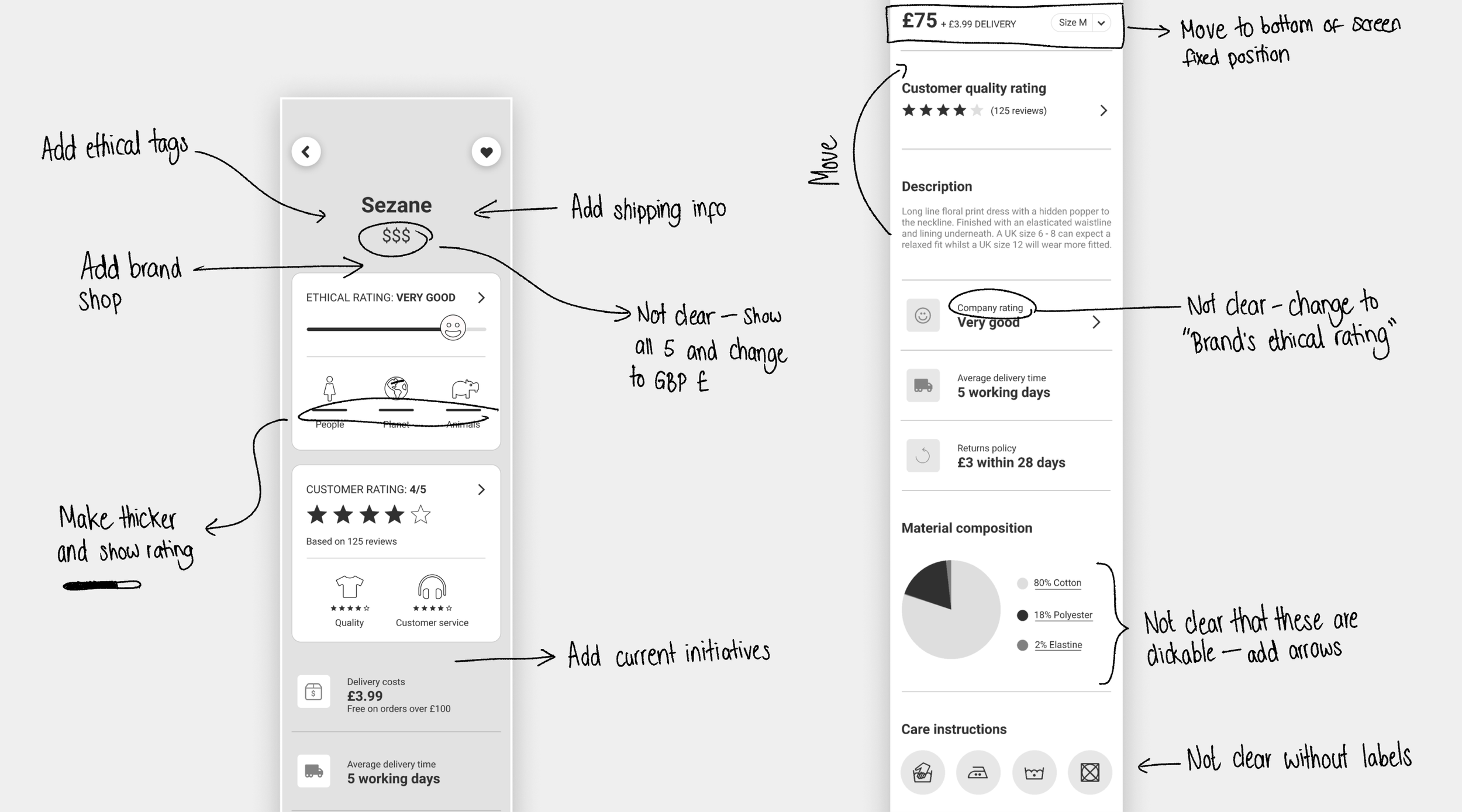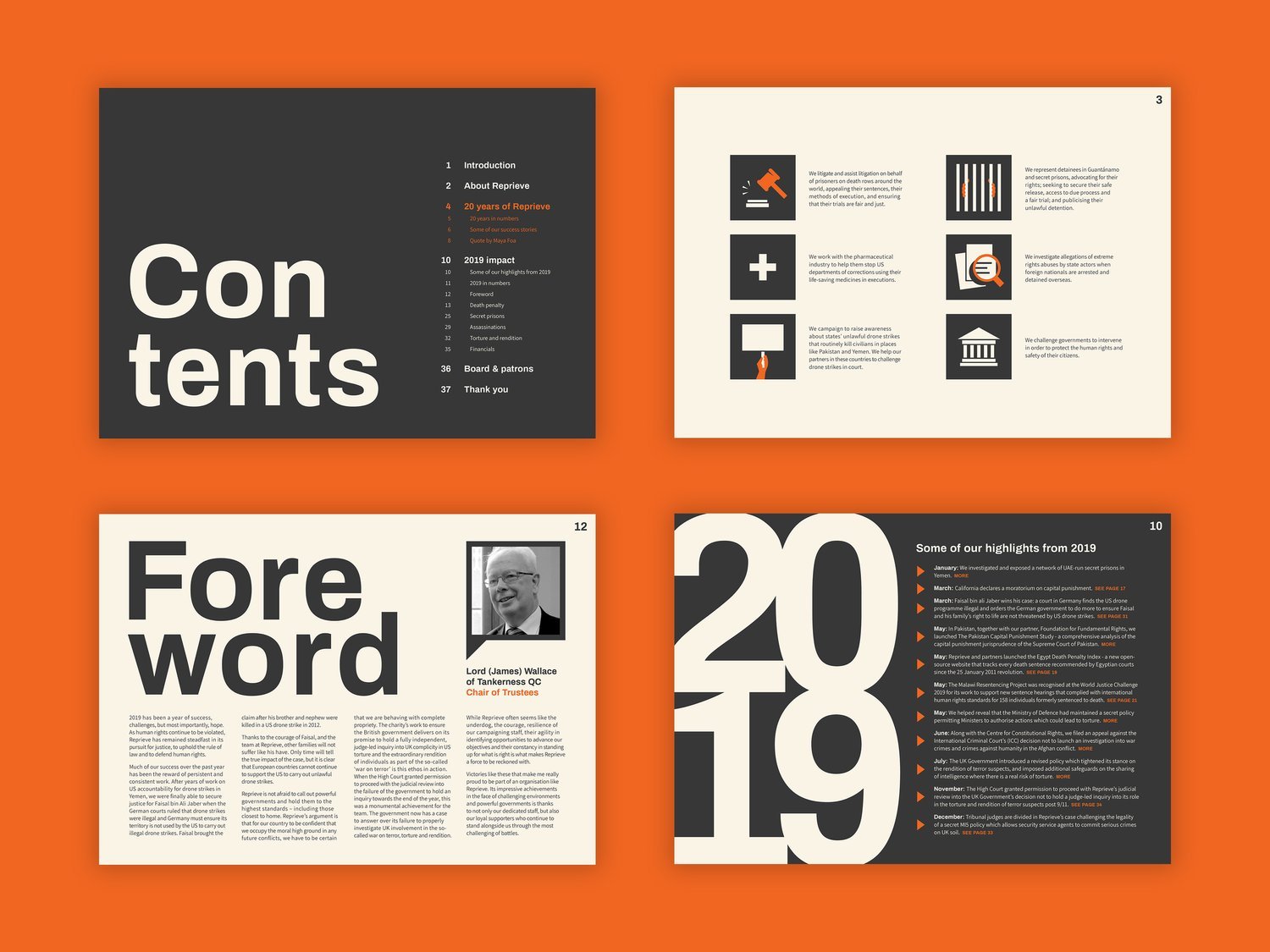Aligned
The problem space
Consumers are becoming increasingly aware of the social and environmental impact of their purchasing practices.
However, ethically-conscious consumers find it difficult to research and keep track of brands’ policies and practices and as a result, often give in to buying from less ethical brands.
‘Aligned’ aims to fill this gap by creating an online clothing marketplace that evaluates and houses only ethical brands. My job was to design this marketplace...
Programmes
Figjam
Figma
Disciplines
UX Research
UX Design
UI Design

Empathise
Aligned’s target users are ethically conscious women aged 18 - 30. In order to empathise with these users, I conducted in-depth interviews with ten such women. Through these interviews I uncovered many insights, such as:
Users each have different ideas of what ethical means to them
Users dislike having to evaluate brands’ ethics and prefer to have the work done for them
Users are motivated by the feeling that shopping ethically evokes in them
The cost of clothes, delivery and returns is a barrier to shopping ethically
Target user persona
Ideate
Through a process of creating user stories, epics, task flows and site maps I crafted a solution to meet Hannah’s goals, relieve her pain points and enhance her motivations.
The Initial prototype
User testing
To test the efficacy of the prototype and identify areas for improvement, I tested it with three groups of five target users. After each round of testing I made adjustments to the prototype to improve its efficacy and ease of use.
As part of this testing I asked users to complete a series of tasks, for example “find a green top“ or “add a brand to your favourites“ and tracked users’ ability to complete these tasks with ease. If any tasks were failed by multiple users, I adjusted the process to make the task easier to complete.
Bring it to life
Once I was sure that my prototype was meeting our persona’s needs and relieving her pain points, I began creating a visual identity and UI library to bring the app to life.
Moodboard
UI library
The finished product
Ethical settings
“Users each have different ideas of what ethical means to them”
When first setting up an account, users can choose to set their own ethical preferences so that they’re only shown the brands and items that are in line with their values
Brand page
“Users dislike having to evaluate brands’ ethics and prefer to have the work done for them”
Users can find all the information they might want to know about a brand on the brand’s dedicated page.
Ethical impact
“Users are motivated by the feeling that shopping ethically evokes in them”
To increase users’ enjoyment of the app, I created a “My Impact” page where users can track the effect of their purchasing practices.
Transparent costs
“The cost of clothes, delivery and returns is a barrier to shopping ethically”
As this was a concern to many users, we have made this information accessible and transparent upfront so that users can factor this information into their purchasing decisions.
User feedback
"This is such an intuitive, contemporary and enjoyable way to shop. The accessible brand information and ethical rating scales are so helpful in taking the guesswork out of shopping so I can feel confident and aligned with the brands I’m supporting with my purchases."
– Hannah, 28, Sydney Australia
Explore more case studies ☟















